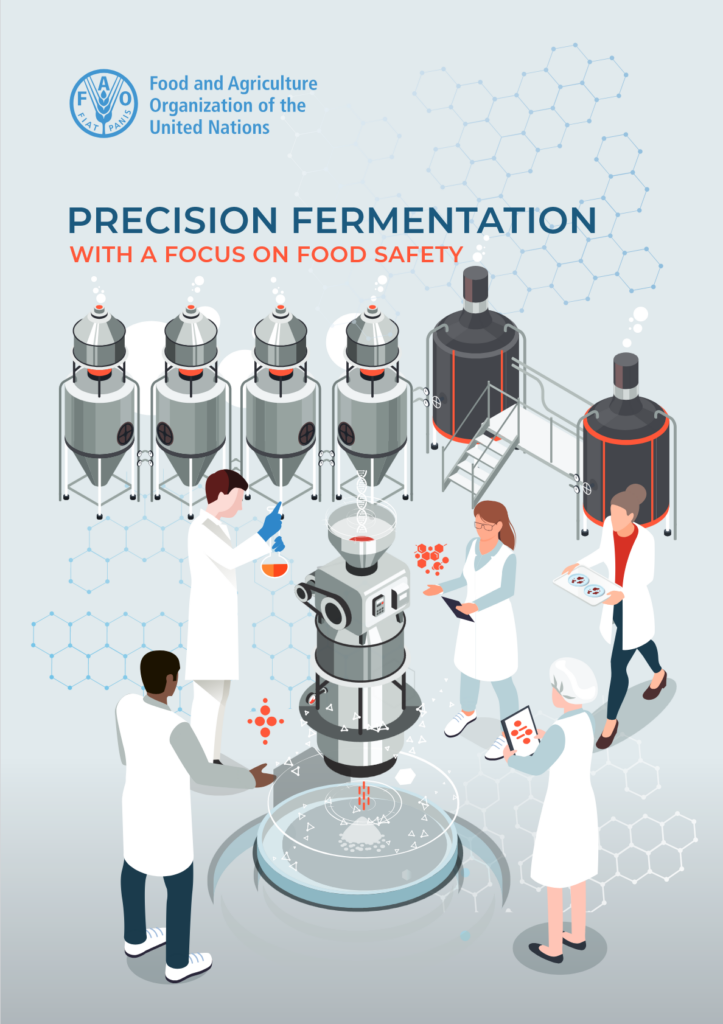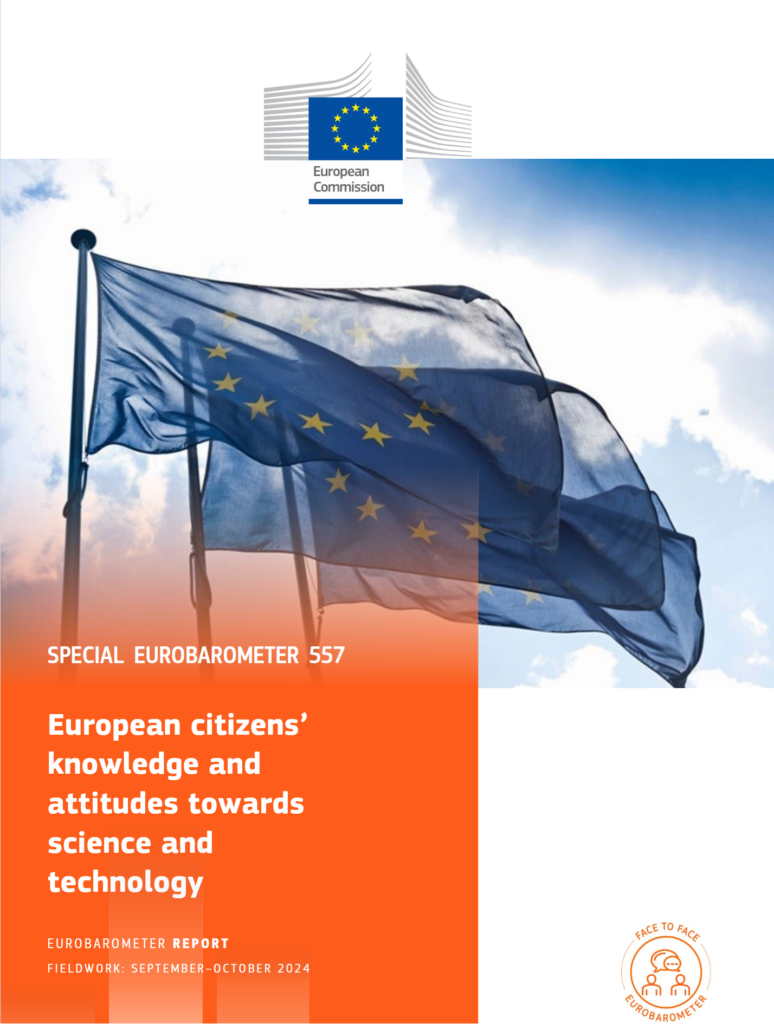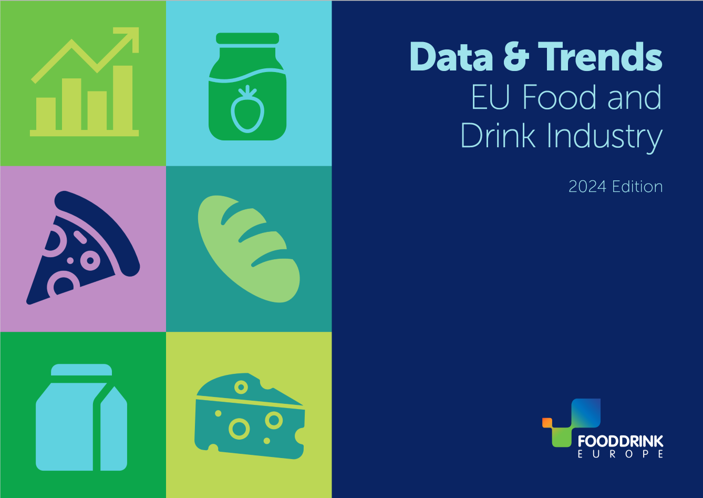The white paper “Unmasking Mycotoxins in Spices” by LGC AXIO, an EU FOOD SAFETY PLATFORM member, provides an in-depth analysis of mycotoxin contamination in spices and underscores its significance for public health and food safety.
With a particular focus on contaminants like aflatoxins and ochratoxin A, the report emphasizes the persistent risks mycotoxins pose to human health due to their toxicity and resilience, even through various processing stages. Mycotoxins, produced by mould species such as Aspergillus and Penicillium, are prevalent in various spices including chilli, nutmeg, and turmeric, often exceeding regulatory limits in the EU and international markets.
The report highlights proficiency testing (PT) as a key quality control measure to evaluate laboratory accuracy and reliability in detecting mycotoxins. Data from LGC AXIO PT schemes reveal that rapid testing methods, such as ELISA and LC-MS/MS, are essential for precise detection, though differences in method sensitivity persist. Additionally, the report considers the broader context of spice contamination beyond mycotoxins, addressing other hazards like pesticide residues, polycyclic aromatic hydrocarbons (PAHs), and illegal dyes.
The regulatory framework for mycotoxins, led by the EU’s Commission Regulation (EC) No 1881/2006, sets strict permissible limits for mycotoxins in spices, aligning with international standards such as the Codex Alimentarius. Yet, as the document indicates, ongoing challenges necessitate harmonized testing protocols and technological advancements to ensure food safety. This paper serves as a vital resource for experts, providing insights into the complexity of spice contamination, the need for global collaboration in standardizing testing, and the importance of enhancing laboratory capabilities to safeguard the spice supply chain




